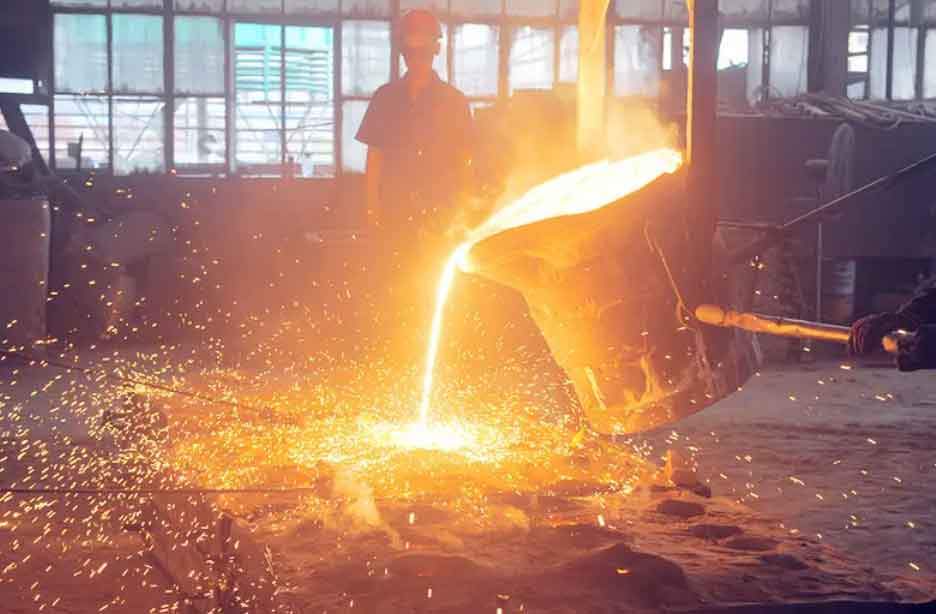Ester hardened sodium silicate self hardening sand process is a new generation of self hardening sand process developed on the basis of raw water glass sand process. It adopts new sodium silicate with high strength and low viscosity and special ester curing agent. Through ion activation treatment of sodium silicate bonding system, the sodium silicate sand is resinified, the process performance of molding sand is improved, the collapsibility of molding (core) sand is improved, and the dry regeneration and reuse of old sand is realized, Improve the process performance of recycled sand, and the reuse rate of old sand is close to the level of resin sand.
Process characteristics of ester hardened sodium silicate self hardening sand process:
① The amount of binder added is low (≤ 4%), and the strength meets the requirements of demoulding process.
② The residual strength of molding sand after pouring is far lower than that of CO2 hardened sodium silicate sand process, and the sand castings are easy to clean;
③ The surface quality of sand casting is improved, and the crack defects of sand casting are less.
④ The cleaning cost of sand castings is low and the cleaning efficiency is high.
However, there are still some shortcomings of CO2 sodium silicate sand in ester hardened sodium silicate sand: molding sand is easy to absorb moisture, and its strength decreases after moisture absorption, which is easy to lead to sand inclusion, pores and other defects in sand castings; After repeated use, the continuous accumulation of NaO2 content of molding sand will seriously deteriorate the service performance of molding sand and lead to defects of sand castings; NaO2 can only be removed by water washing, so sand regeneration also needs water washing. The generated wastewater is highly alkaline, the discharge is strictly limited, and the cost of environmental protection treatment is very high. It is generally used in economically underdeveloped areas. In highly developed coastal areas, except for some remote mountainous areas, the use has been strictly restricted and the approval of environmental protection has been strict. In order to meet the needs of green and intensive sand casting in the 21st century and meet the sustainable development strategy, a more advanced resin sand process meeting the requirements of environmental protection has been born.

